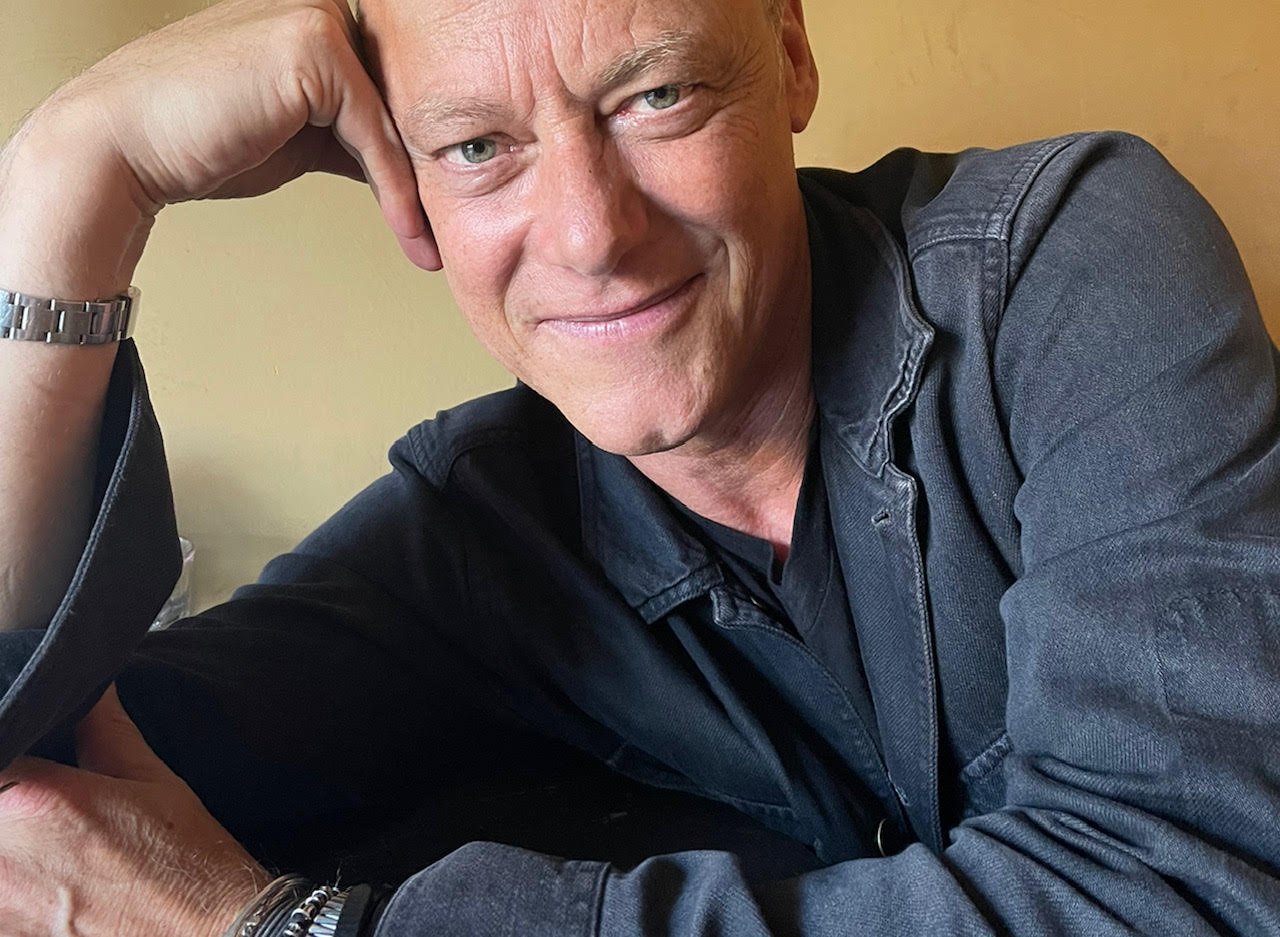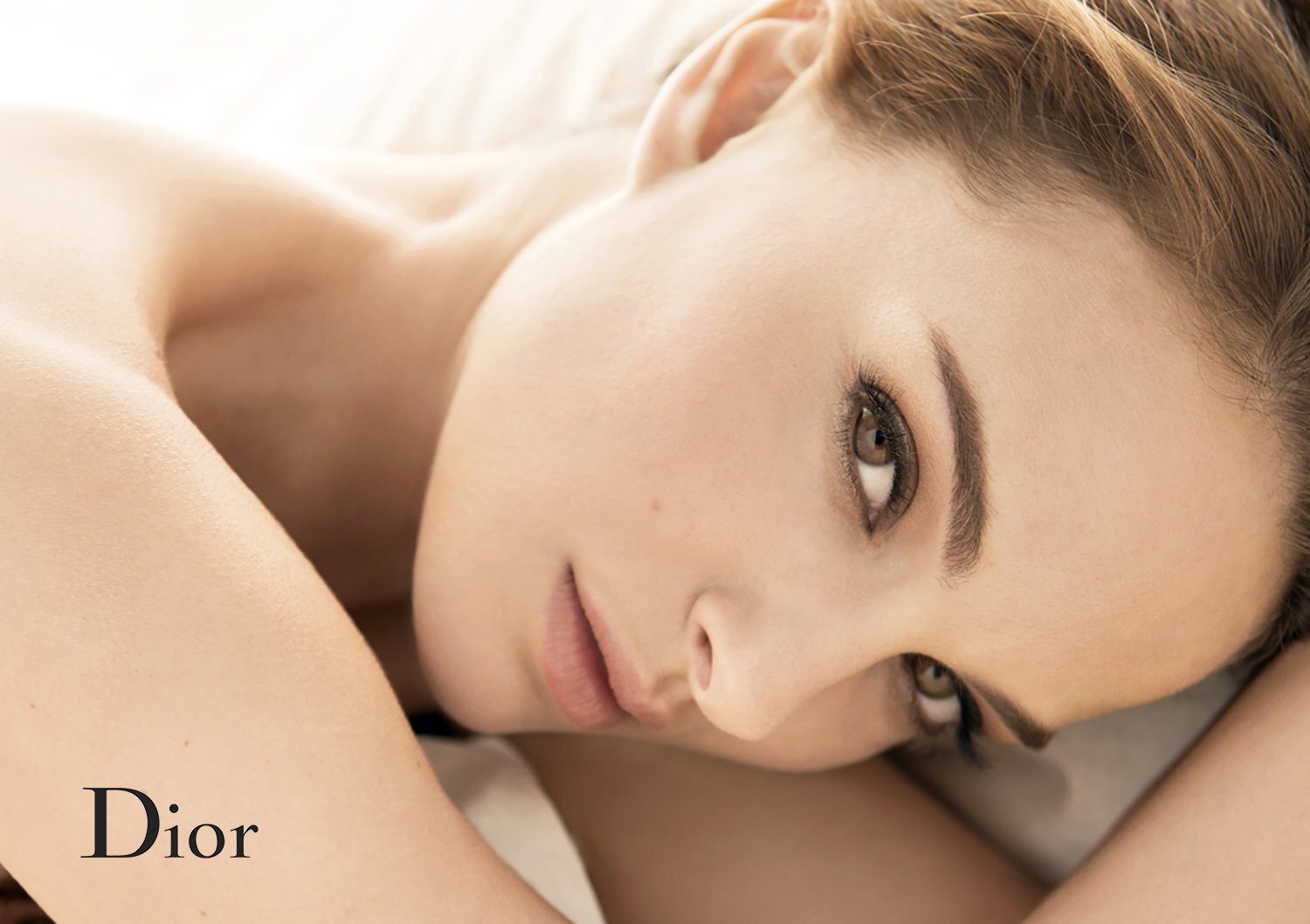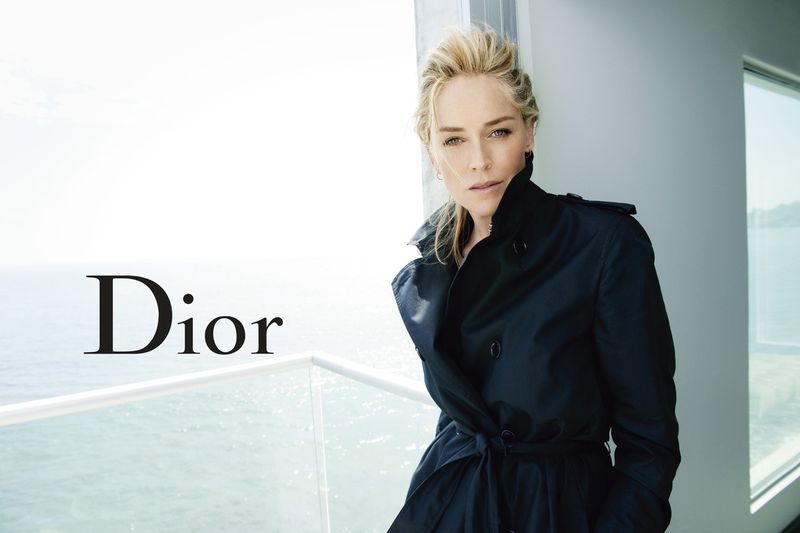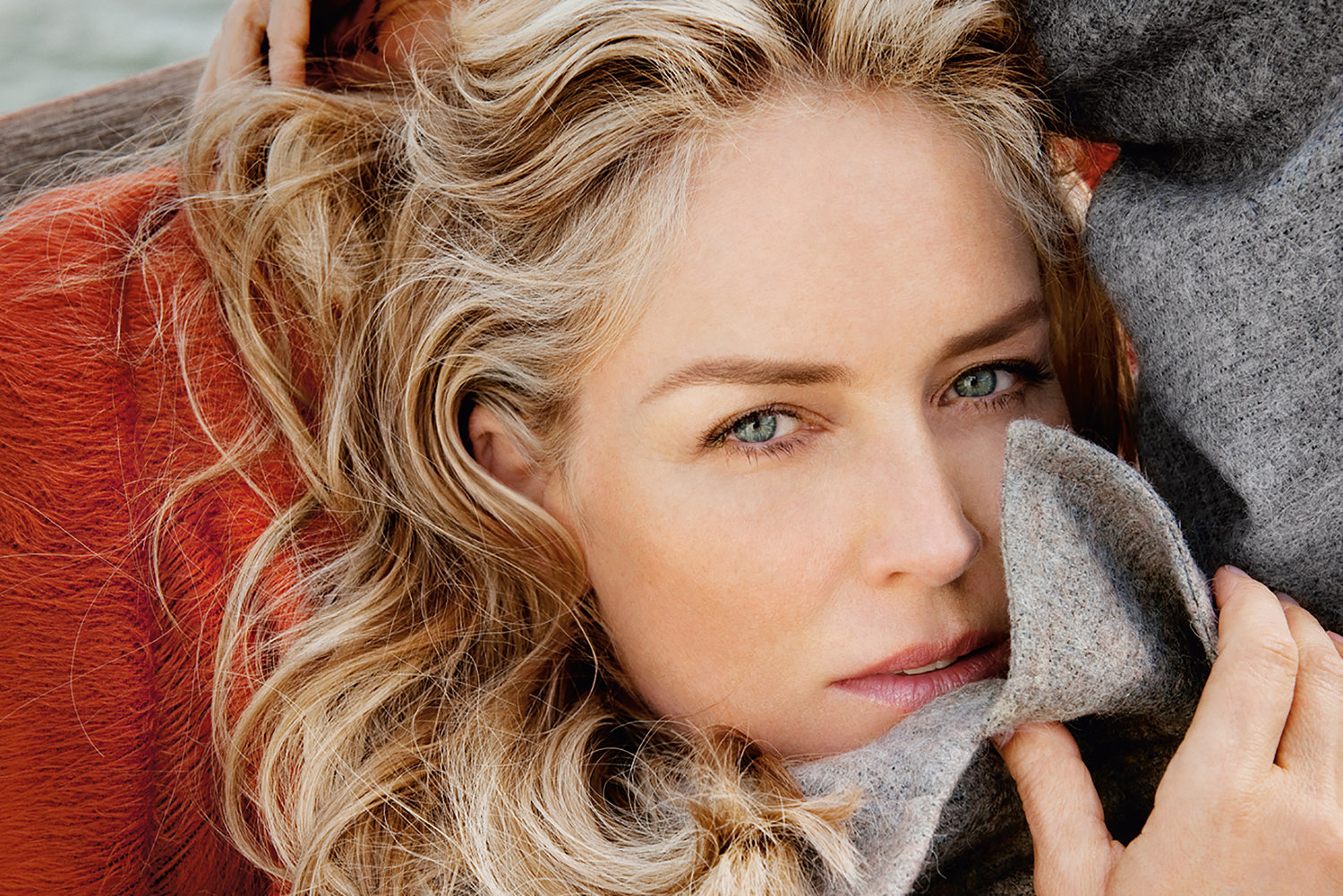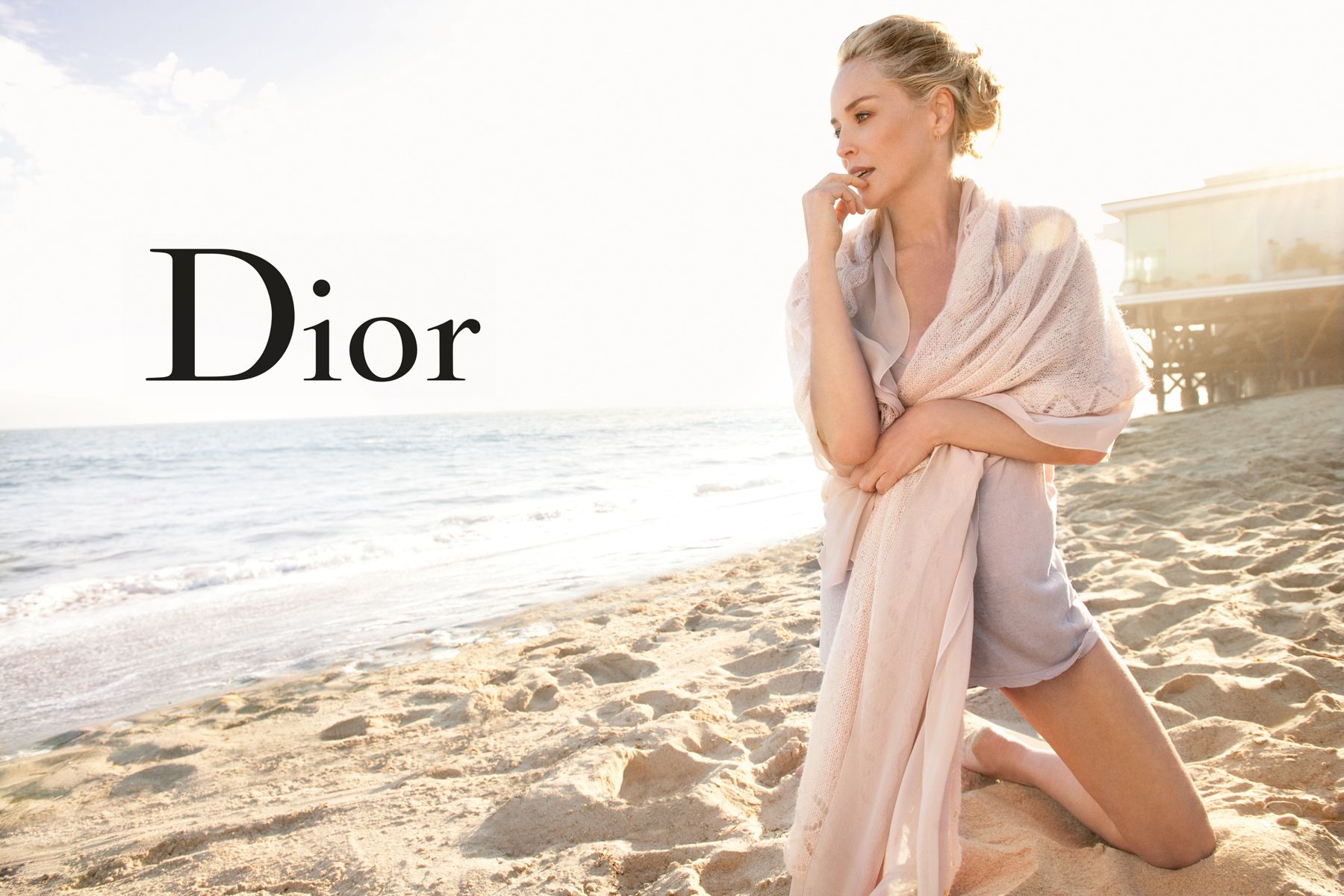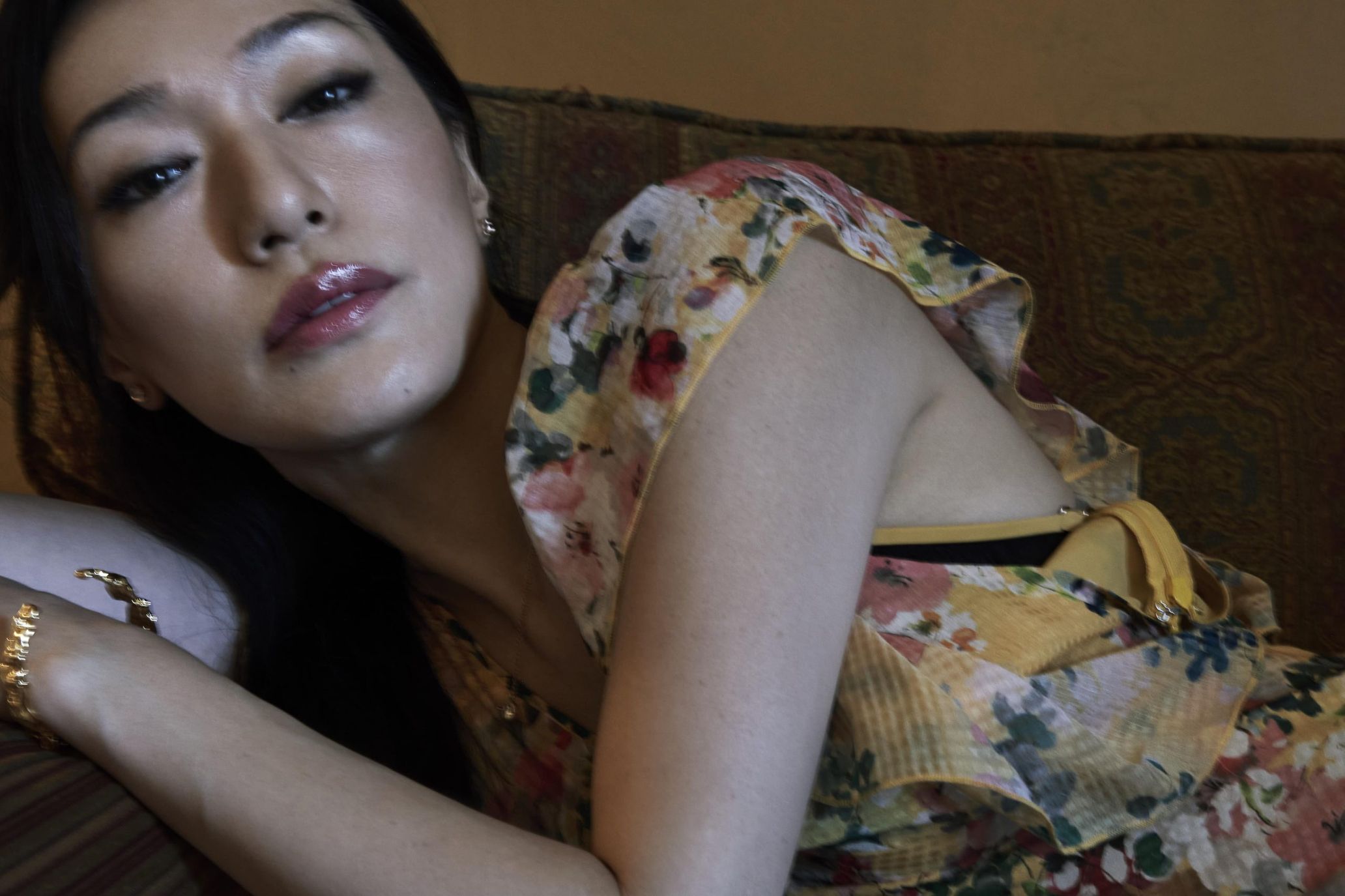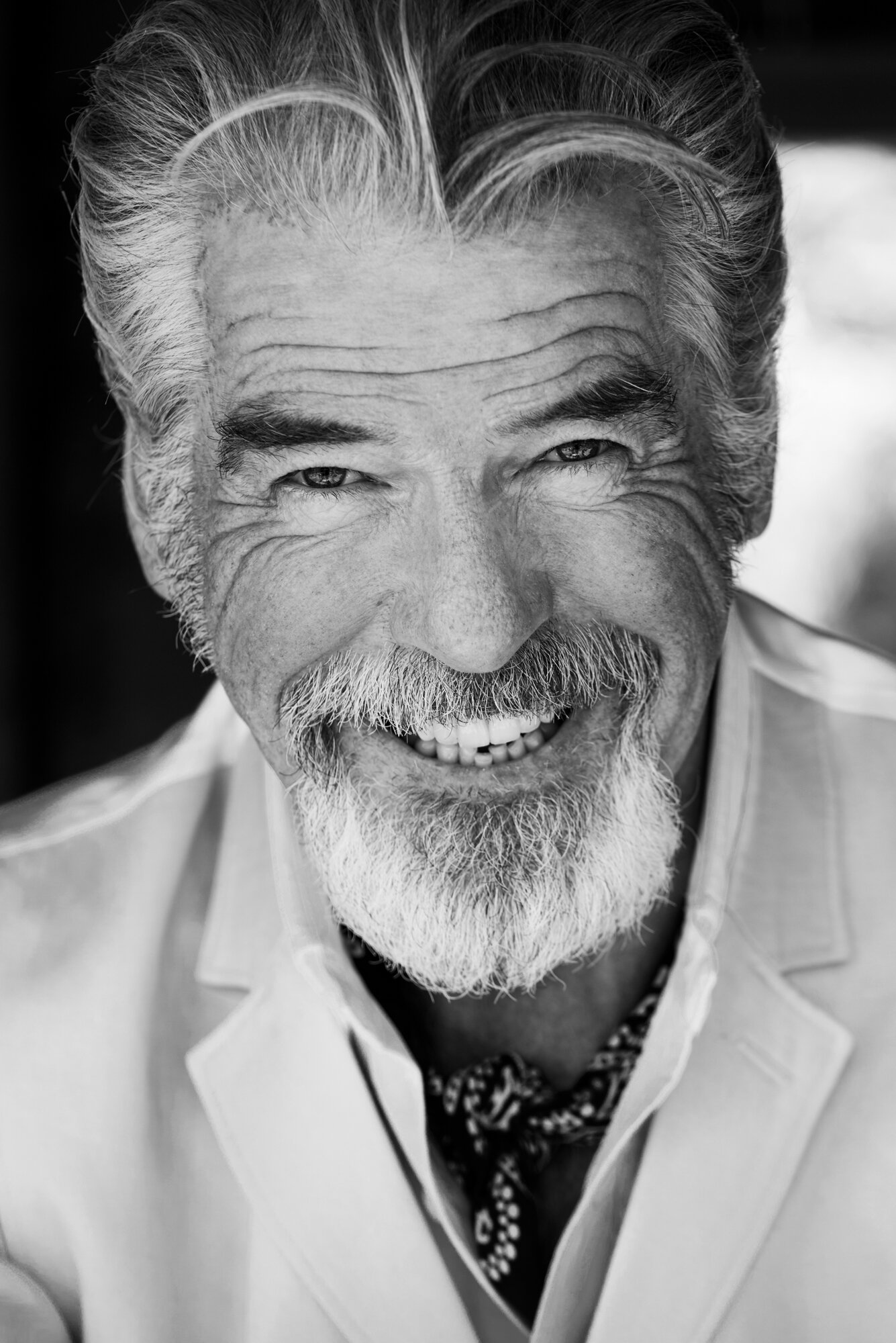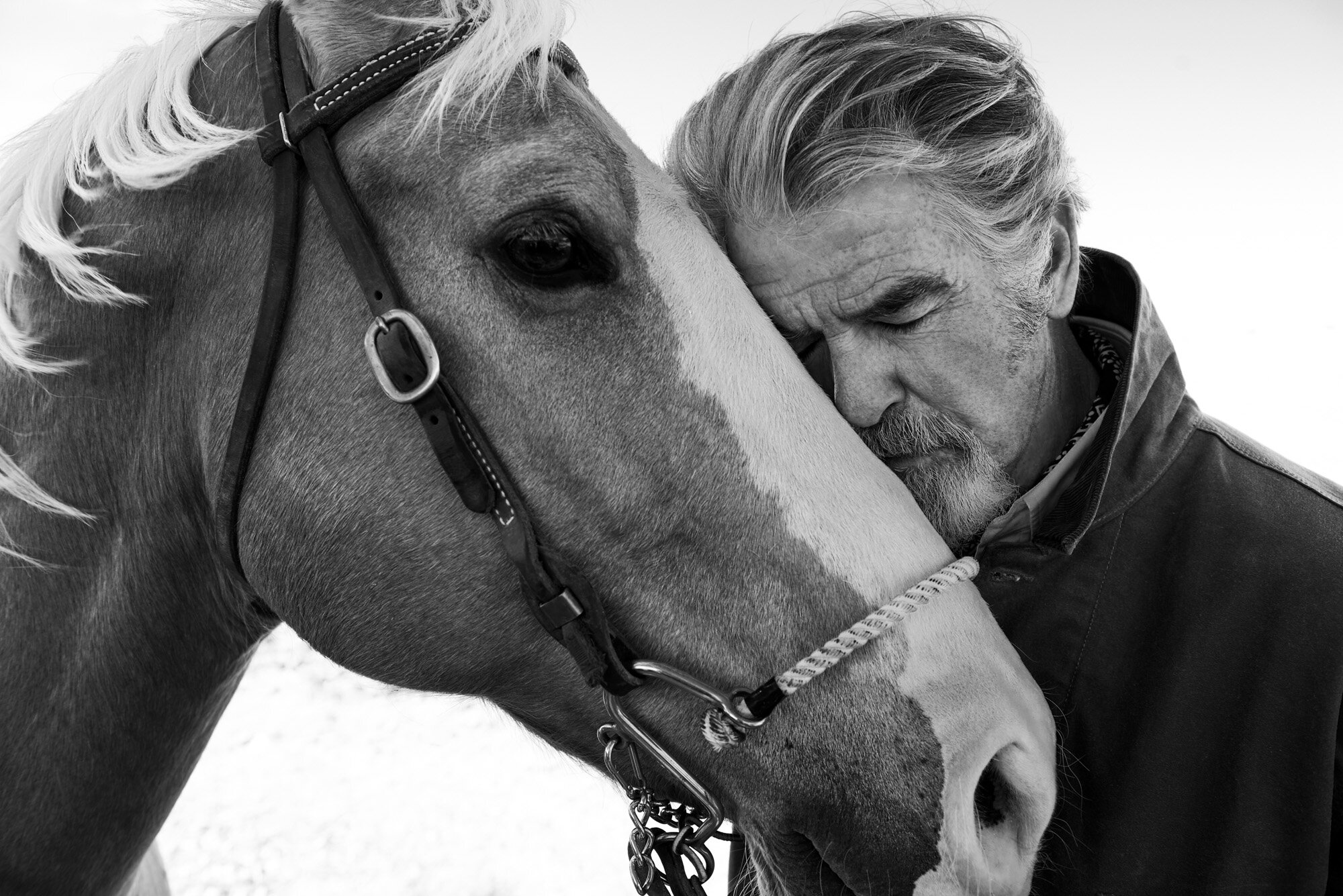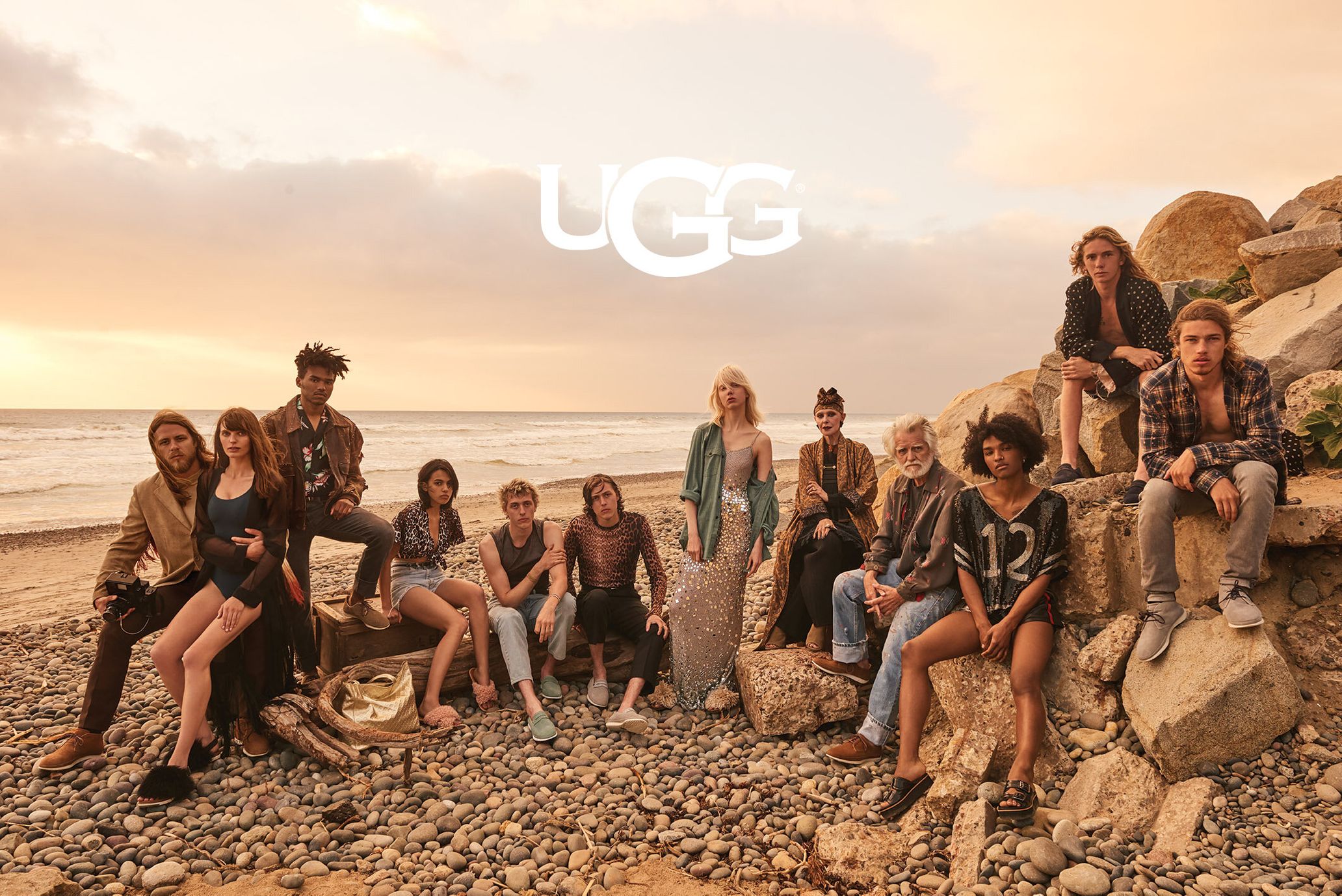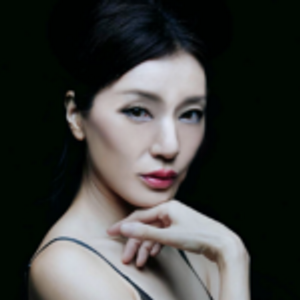Born and raised in Zurich, Switzerland, Frederic Auerbach is one of the most influential high fashion and celebrity photographer of our time, and has contributed photographs to Vogue, Dior, Hermes, Mercedes-Benz, and many others. Recently, I was lucky to be photographed by Frederic in LA, and was able to be exposed to his unique and distinct aesthetic. This interview reveals the inspiration and philosophy behind his nostalgic and sensational photographs.
My aim is to show and to bring some emotions out of my subjects
−−Frederic, thank you again this time for the amazing photoshoot opportunity with you, it was really a dream come true and I thank you for accepting my interview. I am curious when and how did you start photography? And why did you choose photography as the medium of expression?
Frederic Auerbach: It was my pleasure. I started with a camera when I was about eight years old. My father gave it to me. Since I was born in Switzerland where there’s so many beautiful mountains, everybody is hiking all the time and I got bored, so he brought me a camera. I started to take pictures of everything with it, and I came to love it more and more. And soon I decided that I wanted to be a photographer.
−− So, when did you start to take a photograph professionally, and how did you start?
Frederic: After graduating from art school in Zürich, I went to Paris and started to assist some photographers. After that, I made a portfolio and showed it to magazines, until I got my first job. That’s how I started.
−−What was the first job?
Frederic: The first job was a magazine called “JEUNE JOLIE” in Paris. There was a little fashion series, with two models in Paris outside. That was the very first job.
−−So, first you got into fashion photography, and that’s what you always wanted to do?
Frederic: I can’t do still-life because I’m not very patient and it’s too precise for me. I don’t like precise work and if it takes hours and little finicky work, that’s not me at all. With fashion photography you have a whole team, which is really nice. Another reason is that I have always considered fashion photography to be the most creative field of professional photography,
−−You started fashion photography in Paris, and how many years were you in Paris? And can you tell me what was your breakthrough? And what was your first campaign?
Frederic: I was in Paris for 28 years. I think my breakthrough was probably when I started to work for French Elle that was at that time quite influential. That was probably the breakthrough. After that, things started to work out by a snowball effect. I think my first campaign was for Cacharel’s perfume called “I’m Cacharel”.
−−I think a lot of people are familiar with your picture of Natalie Portman for Dior images, can you tell us the story of making the images for them.
Frederic: I do pictures for brands and for their faces, and they afterwards mostly give them out to media such as Elle or Vogue and to anybody who needs pictures. When they do an article or something with five pages for instance, then they provide them with those pictures. So that’s how they keep and can control the image of their brands through the press.
−−So, you are also a Celebrity Photographer, who was the most memorable figure that you worked with as a subject?
Frederic: The most memorable subject was probably Sharon Stone. I shot her several times but the most memorable one was the first one because it was also my first job with an important celebrity. The whole thing was really exciting and at the same time I was really nervous. The shooting was done in Los Angeles for French Figaro and that was the first time I had to shoot someone super famous.
−−It was really wonderful to have this experience to do a photo shoot with you and then one thing surprised me was that how you direct the subject in terms of pose for every single picture and able to have a vision of how it needs to look instantly. And do you do this with all the celebrity subjects?
Frederic: They tend to need my direction because even though they know what to do in front of a motion camera, they don’t in front of stills camera. So they really want me to direct. The moving pictures and still pictures are totally different worlds for them, so they need directions.
−−How do you categorize, or see the characteristics of your photography? I recall one of your interviews I listened to before, you said what you want to find is “Intensity”. Also, you mentioned that you like the “Speed”. What do you mean by that?
Frederic: My aim is to show and to bring some emotions out of my subject. Even if those emotions aren’t real, it doesn’t matter as long as the picture looks as if it has some kind of emotions, some kind of intimacy. I think that’s what I like about my pictures and how I really would like viewers to see my pictures. Since I also work very intuitively, just after seeing the light and ambience, almost instantly the image comes to my mind.
In terms of “Intensity” — I love intensity in everything. I think intensity is just what we are looking for in lots of different areas in our life. I love intense pictures where the expression is really intense. So I tried to get that, If I can. As for “Speed”, the fashion changes all the time, models change all the time, teams change all the time. I know quite quickly what I want and then I get into it. By trying to make the model get into it as well, I get the results very quickly. And I try to move on to the next one. I just like to do it fast, and you can do that with fashion photography. And I like that aspect of it a lot.
The Japanese sense of beauty encapsulated in extreme forms of expression that coexist with elegance
−−From the photograph you took of me this time, I can definitely sense the artistic quality in your work, and the way you bring out the beauty of a Japanese woman in a very simple setting. We would like to know from your point of view, what is Japanese culture and beauty for you?
Frederic: Japan… well, Japanese beauty for me is very elegant, but at the same time it’s also opposite because there’s so many extremes in Japan. There’s extreme beauty, extreme elegance, extreme softness, but there’s also the opposite of this. There’s a lot of very famous raw photography as well, such as the ones of Araki. I like his photography. This is amazing to me. There’s this movement, not only in photography but also in painting and even on the street, as young people express themselves in quite an extreme way, there’s those two extremes. Japan is quite fascinating country for me.
−−Right. Very true, there is a kind of counterculture or subculture as opposed to the high elegance. Interestingly, I can feel the dual aspect in your photography as well. You take pictures for high fashion houses like Dior with extreme elegance, but also be able to make interesting highly artistic and sophisticated works using such simple garments. I really like this opposite contrast in your works. Do you have any photographers or artists in history that inspired you?
Frederic: There wasn’t any mentor. But during Art School, I used to get into looking at other photographers, all the magazines and all the books. My favorite photographer was Guy Bourdin, I also loved Helmut Newton and Steven Meisel. But at that time, what really fascinated me was Guy Bourdin. I loved the expressions of the girls. His works were sometimes vulgar and elegant at the same time. He got away even with wild vulgar photography, because it was incredibly well done and creative as well. Every picture tells an incredible story.
But I get inspiration from absolutely everywhere, even from a drive, people I see on the street. And I love the challenge of a given work in a given environment, in the given time. So yes, I think I can express myself the best through photography.
−−Guy Bourdin is one of my favorites also, because of the colors and compositions. Do you have any favorite artists, photographers, or any literary figures from Japan?
Frederic: The Japanese fashion designer, Atsuro Tayama. He used to have his show in Paris. I’ve worked on quite a lot of his campaigns in Paris. And for literary figures, I like Haruki Murakami and his trilogy 1Q84. And for architects, I like Ando Tadao. There are no unnecessary colors in his works. I like his concept and I think he is an architect with a great theories.
−−I absolutely love Tadao Ando as well, for his form of space, the concept connected to nature, light, and its simplicity. It makes sense that you said you get inspiration from many aspects, I love the way you bring beauty from simplicity, the sense of aesthetic in the use of space, light and tones in your photographs, it was quite fascinating to be able to see how you do from our collaboration this time. I am excited to know there is your exhibition coming up in Germany.
Frederic: I have an exhibition in Dusseldorf in Germany, and the gallery is called Sander & Co, my solo exhibition opens on November 25th this year and it will last about 3 weeks. Some of my celebrity works will be shown in this exhibition. I am working on it now.
−− I recently saw your latest work, the photographs of one of my favorite iconic figures from 007, Pierce Brosnan. Can you tell us some story about the shoot?
Frederic: This was in fact a campaign for a Tequila, Casa Don Ramón. And the pictures were also used as a series for the magazine called HAUTE LIVING. The advertising agency in charge of the Casa Don Ramón contacted me, and we shot it at the agave field in Sacramento where they make the tequila. I think the shooting took whole day. It was wonderful because he’s just such a wonderful person and actually had quite a bit of time, so there was no rush. There was a really nice atmosphere. And, he was also in a really good mood because it was such a cool day. But yes, it was an advertising job where what they needed was quite clear.
−−Great. You have made success in your career as a high fashion photographer and a celebrity photographer, and there are a lot of young photographers who aspire to be like you, is there any message you can give for them?
Frederic: It’s maybe pretentious and obvious, but I think it’s very important that you try to find your own kind of photography in your own kind of style and that you keep it. If you have found it, you should keep it even if lots of people tell you that they don’t like it. But if you are really sure that this is where you want to go, then just try to stick to it. Don’t ever try to do something like the one done by someone you admire and to be a bad number two. It’s not easy because even if you have a great style, it doesn’t necessarily mean that it will fit the commercial world. But I think it’s still worth hanging on to it.
Today you have other possibilities like NFT and all the things you can do today. Photography has changed a lot since everything became digital. And as for SNS, things are different today as well. So, I think you can find ways to stick to a style, even if it’s not necessarily a very commercial style.
−−Thank you. And what is next for you?
Frederic: I think I will try NFT. I have no idea what comes out of it though. It may just be a trend, but I’m definitely excited about it, so I decided to work on it. And, I don’t want to work just for certain brands or magazines only. I like every kind of work, from working with tequila brands to underground magazines and mainstream media. So I just want to keep working on them.
Frederic Auerbach
Frederic Auerbach was born and raised in Switzerland. After attending art school in Zürich, Frederic studied under premier photographers in Milan and Paris. He lived and worked in Paris for 28 years. As an established photographer in Paris, his photographs have been published internationally in magazines such as Vogue, Marie Claire, Elle, Vanity Fair, and GQ. Also, he has created sensual images for campaign visuals of brands from Dior, Hermès, Cacharel, Sonja Rykiel, Lacoste and Mercedes. His subjects include A-list celebrities such as Sharon Stone, Sophie Marceau, Natalie Portman, Charlize Theron and Jude Law. Frederic relocated to Los Angeles in Summer 2014, and continues to live and work in the international stage of high fashion and celebrity photography in the U.S. and Europe. His exhibition will be held at “Sander & Co” in Dusseldorf, Germany from November 25.
Translation Shinichiro Sato(TOKION)

